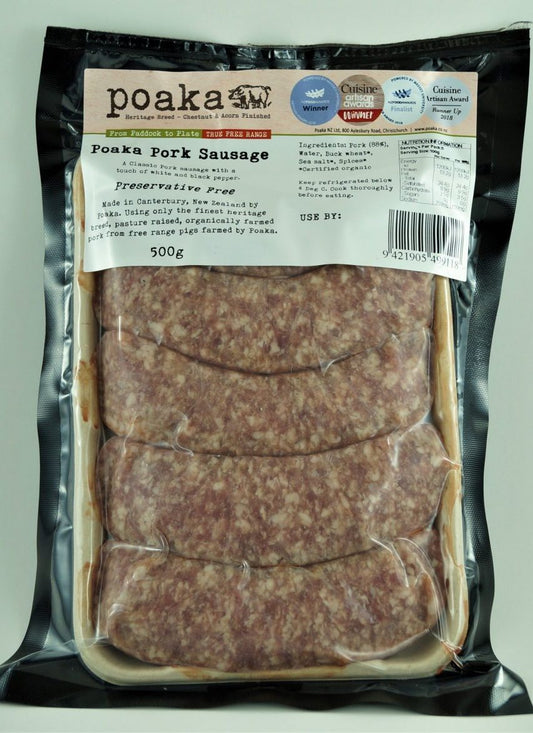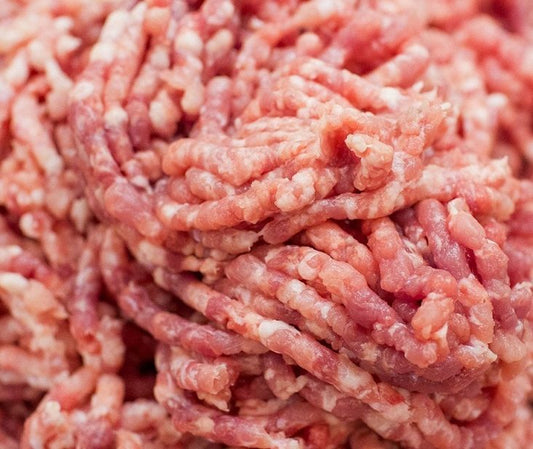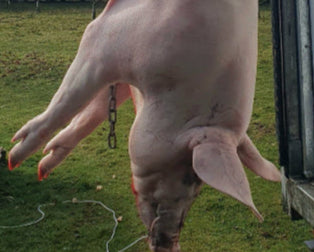Wild Farmed Free Range Poaka Pork
Wild farmed Poaka Free range pork is radically different to to any other pork available in New Zealand. This is all due to the Wild Farming system that Poaka uses.
Featured products
-
Poaka Pork Sausage
Regular price $11.95 NZDRegular priceUnit price per -
Poaka Free Range Dry Cured Smoked Loin Bacon
Regular price From $11.95 NZDRegular priceUnit price per -
Poaka Free Range Pork Mince
Regular price $21.95 NZDRegular priceUnit price per -
Whole Poaka Spit Pig Ready to Cook
Regular price $349.00 NZDRegular priceUnit price per









